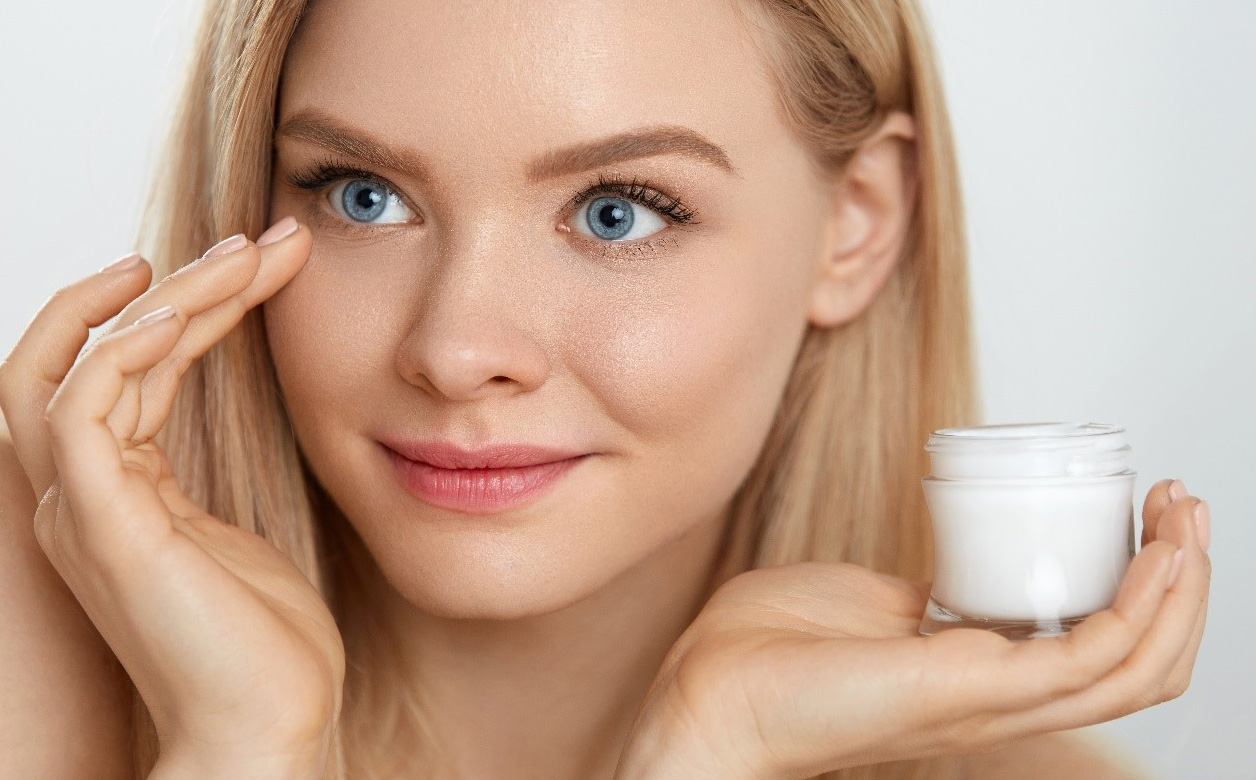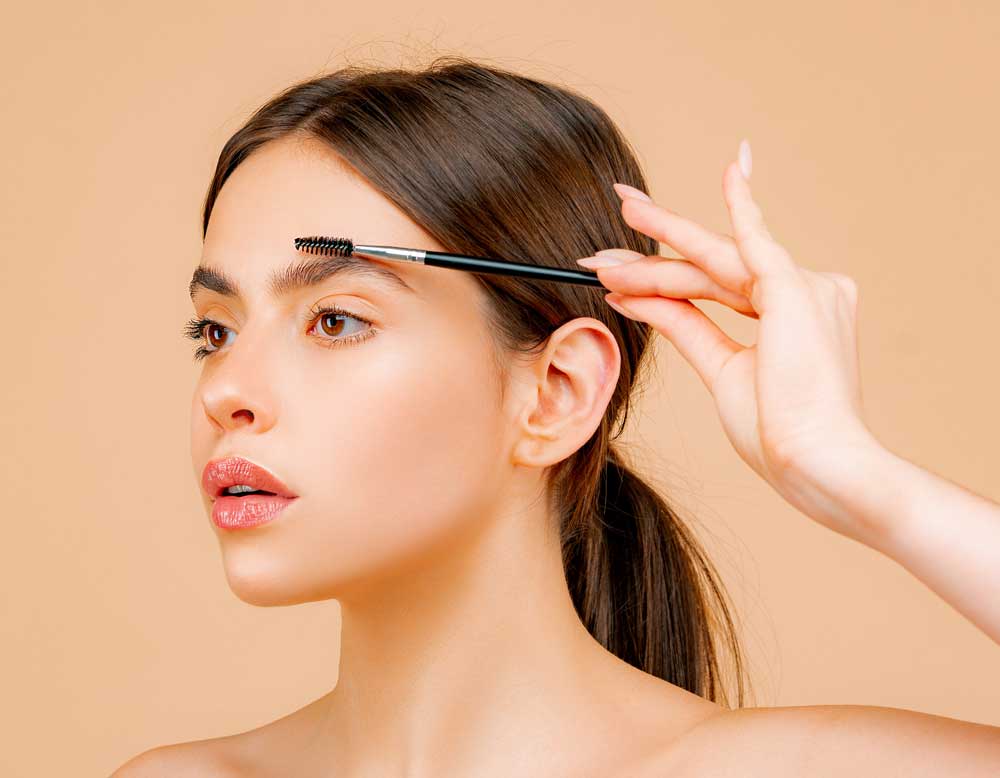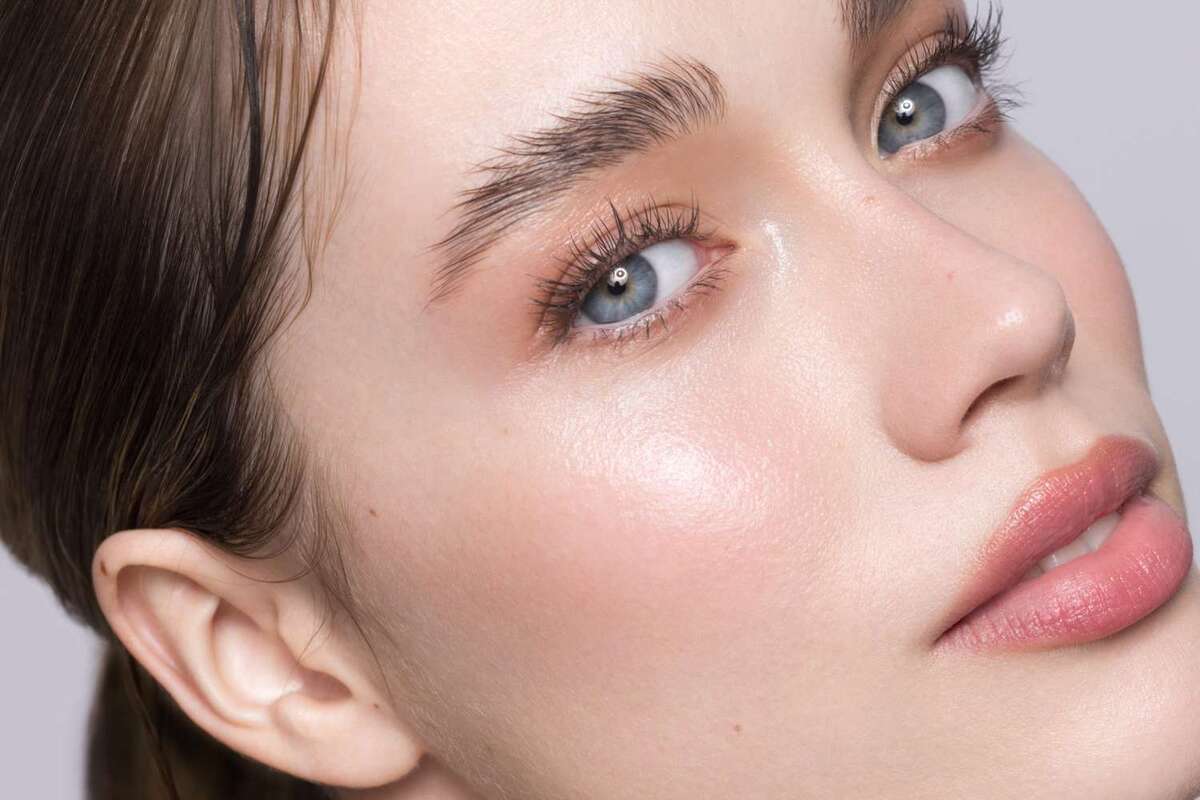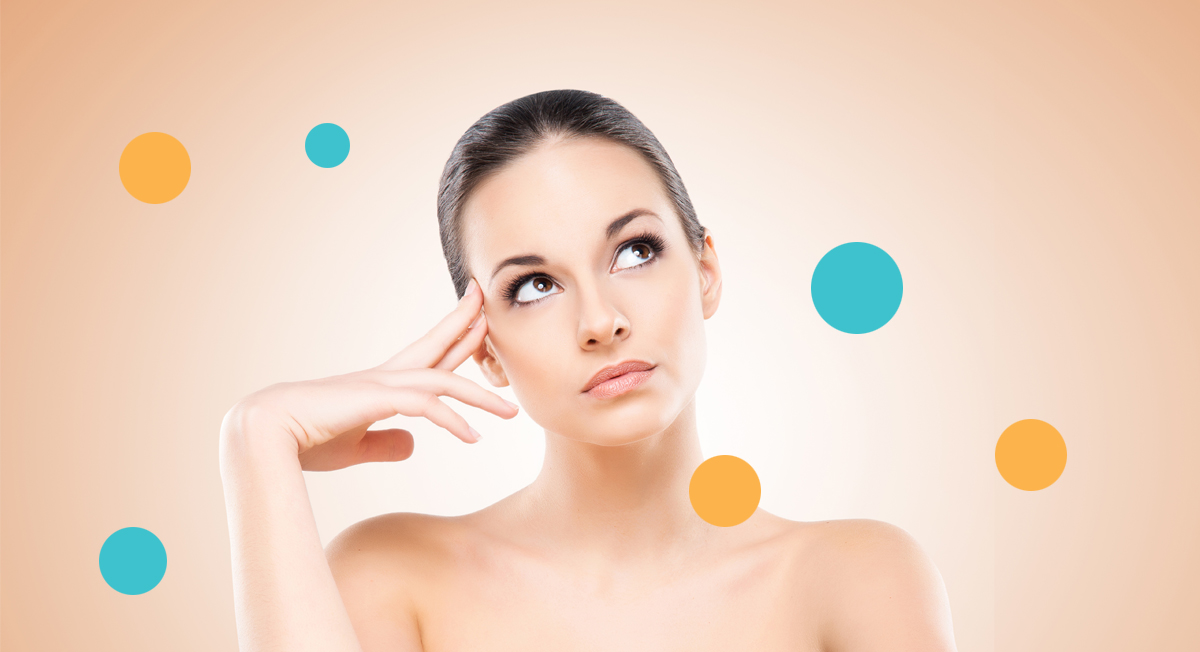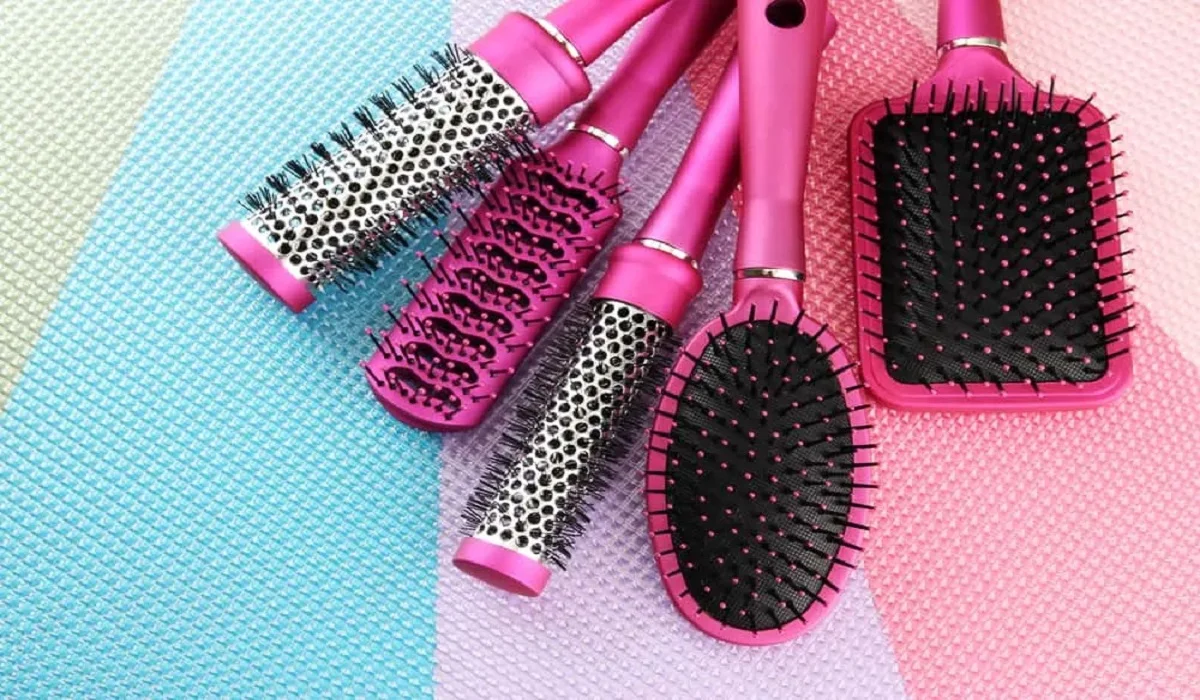As the South braces for a potential second wave of influenza, doctors and public health officials are sounding the alarm, urging communities to prepare and protect themselves against this relentless virus. The flu, with its capability to mutate and strike back through different strains, presents a significant challenge to public health each year. This year, the concern is even more pronounced as signs point towards an impending second wave that could be more severe than the first.

Understanding the Flu
Types of Influenza Viruses
Influenza viruses come in several types, but the most common and dangerous to humans are Influenza A and B. These viruses are known for their rapid mutation, making them particularly elusive targets for vaccines.
Symptoms and Transmission
Flu symptoms range from mild to severe and can include fever, cough, sore throat, runny or stuffy nose, muscle or body aches, headaches, and fatigue. Transmission is easy and rapid, spreading through droplets made when people with the flu cough, sneeze, or talk.
The First Wave of Flu
Impact on the South
The first wave of the flu hit the South hard, overwhelming hospitals and leading to significant absenteeism from schools and workplaces. Public health officials had to scramble to manage the outbreak, which took a toll on the region’s health systems and economy.
Public Health Response
In response to the first wave, public health departments launched vaccination drives, set up flu clinics, and initiated awareness campaigns to educate the public about flu prevention and the importance of getting vaccinated.
Predicting the Second Wave
Factors Contributing to a Second Wave
Several factors, including waning immunity, the emergence of new flu strains, and complacency in flu prevention practices, can contribute to the onset of a second flu wave.
Role of Weather and Seasonality
The flu virus thrives in colder, drier conditions, which is why flu season typically peaks during the winter months. In the South, fluctuating temperatures and humidity levels can create an environment conducive to a second wave.
Doctors’ Warning on the Second Wave
Recent Observations and Data
Healthcare professionals have observed an uptick in flu cases and hospitalizations, indicating the start of a second wave. Data from local health departments and hospitals show an alarming trend that could surpass the severity of the first wave.
Importance of Vaccination and Prevention
Doctors emphasize the crucial role of vaccination in preventing the flu and mitigating its impact. They also stress the importance of continuing to practice preventive measures such as handwashing, wearing masks in crowded places, and avoiding close contact with sick individuals.
Impact of the Second Wave on Health Systems
Challenges for Hospitals and Clinics
The second wave poses significant challenges for already strained health systems, including increased patient loads, shortages of medical supplies, and the potential for staff burnout.
Strategies for Managing Increased Patient Load
Hospitals and clinics are implementing strategies such as expanding telehealth services, setting up flu treatment centers, and reallocating resources to manage the increased demand for care.
Preventive Measures and Recommendations
Vaccination Campaigns
Public health officials are ramping up vaccination campaigns, targeting high-risk populations and areas with low vaccination rates to increase community immunity.
Public Health Guidelines
Updated public health guidelines emphasize the importance of vaccination, good hygiene practices, and staying home when sick to prevent the spread of the flu.
Community Response to the Warning
Local Government Initiatives
Local governments are taking proactive steps, such as issuing public health advisories, supporting vaccination clinics, and providing resources for flu prevention and treatment.
Community Outreach Programs
Community organizations and volunteers are playing a key role in spreading awareness, distributing flu prevention materials, and assisting vulnerable populations in accessing vaccination and treatment services.
Comparing with Previous Flu Seasons
Historical Data and Trends
By analyzing data from previous flu seasons, experts can identify patterns and predict the potential impact of the second wave. Lessons learned from past outbreaks are crucial in shaping the current response.
Learning from Past Outbreaks
Past flu seasons have taught public health officials valuable lessons about the importance of early preparation, rapid response, and community engagement in preventing and controlling flu outbreaks.

Role of Vaccines in Preventing the Flu
Vaccine Efficacy
Flu vaccines are the best defense against the virus, significantly reducing the risk of severe illness, hospitalization, and death. Despite common misconceptions, flu vaccines are safe and effective for most people.
Myths and Facts About Flu Vaccines
Dispelling myths and educating the public about the facts surrounding flu vaccines is essential to increasing vaccination rates and building community immunity.
Public Health Strategies for Flu Prevention
Surveillance and Reporting
Robust surveillance systems and timely reporting of flu cases are critical for tracking the spread of the virus and adjusting public health responses accordingly.
Educational Campaigns
Educational campaigns focus on increasing public awareness about the flu, the importance of vaccination, and how to prevent the spread of the virus.
The Economic Impact of the Flu on the South
Effects on Workforce and Productivity
The flu can have a significant impact on the workforce, leading to absenteeism, decreased productivity, and increased healthcare costs.
Healthcare Costs
The economic burden of the flu on healthcare systems is substantial, with costs associated with hospitalizations, treatments, and lost wages.
FAQs about the Flu and Its Prevention
How effective is the flu vaccine?
Can I get the flu from the flu vaccine?
What are the best ways to prevent the spread of the flu?
Who should get the flu vaccine?
How long does flu season last?
What should I do if I get the flu?
The Importance of Preparedness
As the South faces the threat of a second wave of flu, the importance of preparedness cannot be overstated. By heeding doctors’ warnings, getting vaccinated, and practicing preventive measures, communities can mitigate the impact of the flu and protect public health. The collective effort of individuals, healthcare professionals, and public health organizations is crucial in combating the flu and ensuring the well-being of all.

